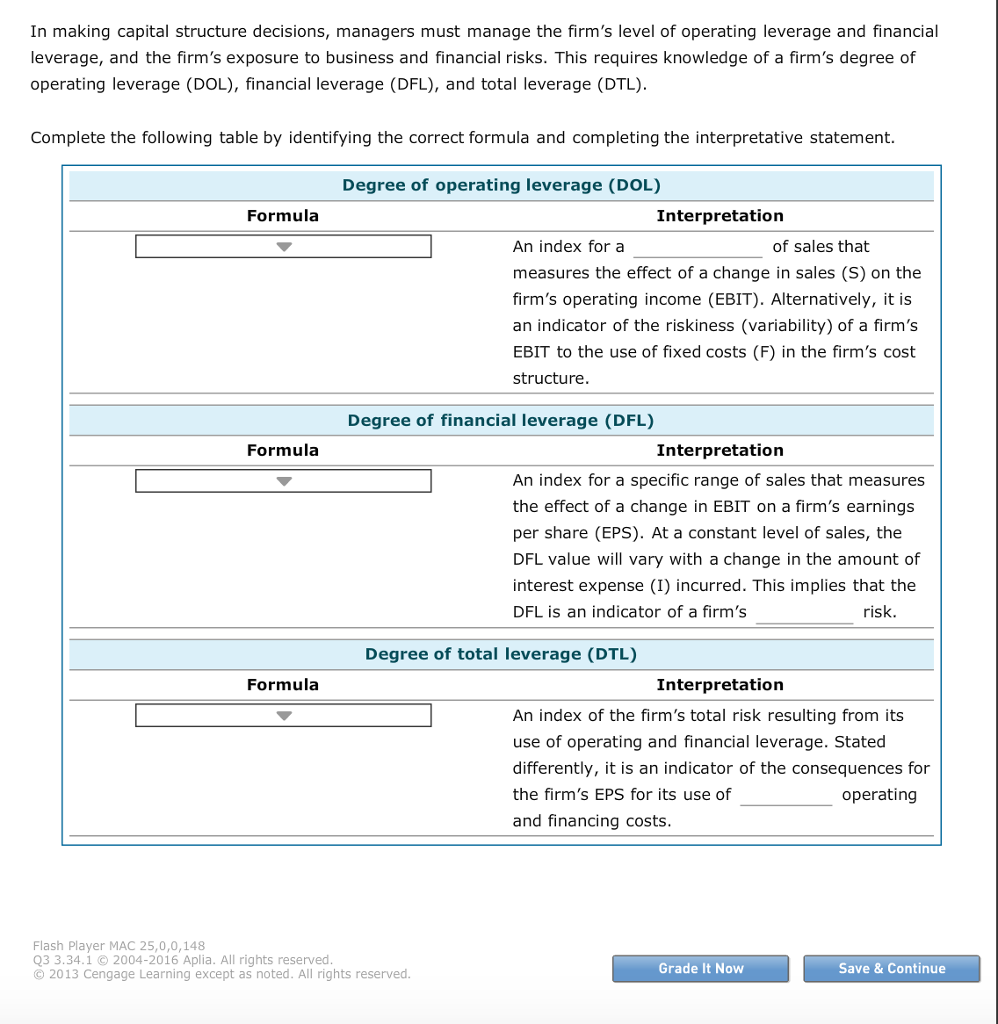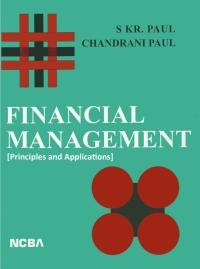

Match the terms relating to the basic terminology and concepts of capital structure management on the left with the descriptions of the terms on the right. Read each description carefully and type the letter of the description in the Answer column next to the correct term. These are not necessarily complete definitions, but there is only one possible answer for each term Term Description Answer Business risk The level of sales at which the firm's earnings per share (EPS) is the same, and there is no advantage to using more debt or more equity in the firm's capital structure. Asymmetric B. The risk experienced by the firm resulting from its operations and information activities, and without the risks associated with the methods used to finance the firm Operating leverage The mix of debt, preferred stock, and common stock that finances a firm's assets Financial leverage D. The financial flexibility available to a firm which allows it to borrow additional debt capital when needed or desired as a result of using less than the optimal level of debt in its current capital structure Reserve borrowing L E. Management's decision to issue new common stock versus new debt capacity securities in response to its evaluation of the firm's future opportunities F. The situation in which outsiders, such as external shareholders, credits Signal suppliers, and customers have less and inferior information about a firm's past, current, and future conditions and prospects, compared to the firm's managers G. The risk that is borne solely by the firm's shareholders, and results from Financial risk a firm's decision to finance its assets using fixed-cost sources of capital, including debt securities and preferred stock EPS indifference The mix of debt, preferred stock, and common stock that maximizes the point price of the firm's common stock Optimal capital I. The practice of employing a capital structure that contains a large proportion of fixed-cost sources of financing, such as debt securities and Structure preferred stock Capital structure J. A firm's use of relatively high fixed, as opposed to variable, operating costs, such as capital-intensive productive processes instead of labor-intensive methods








